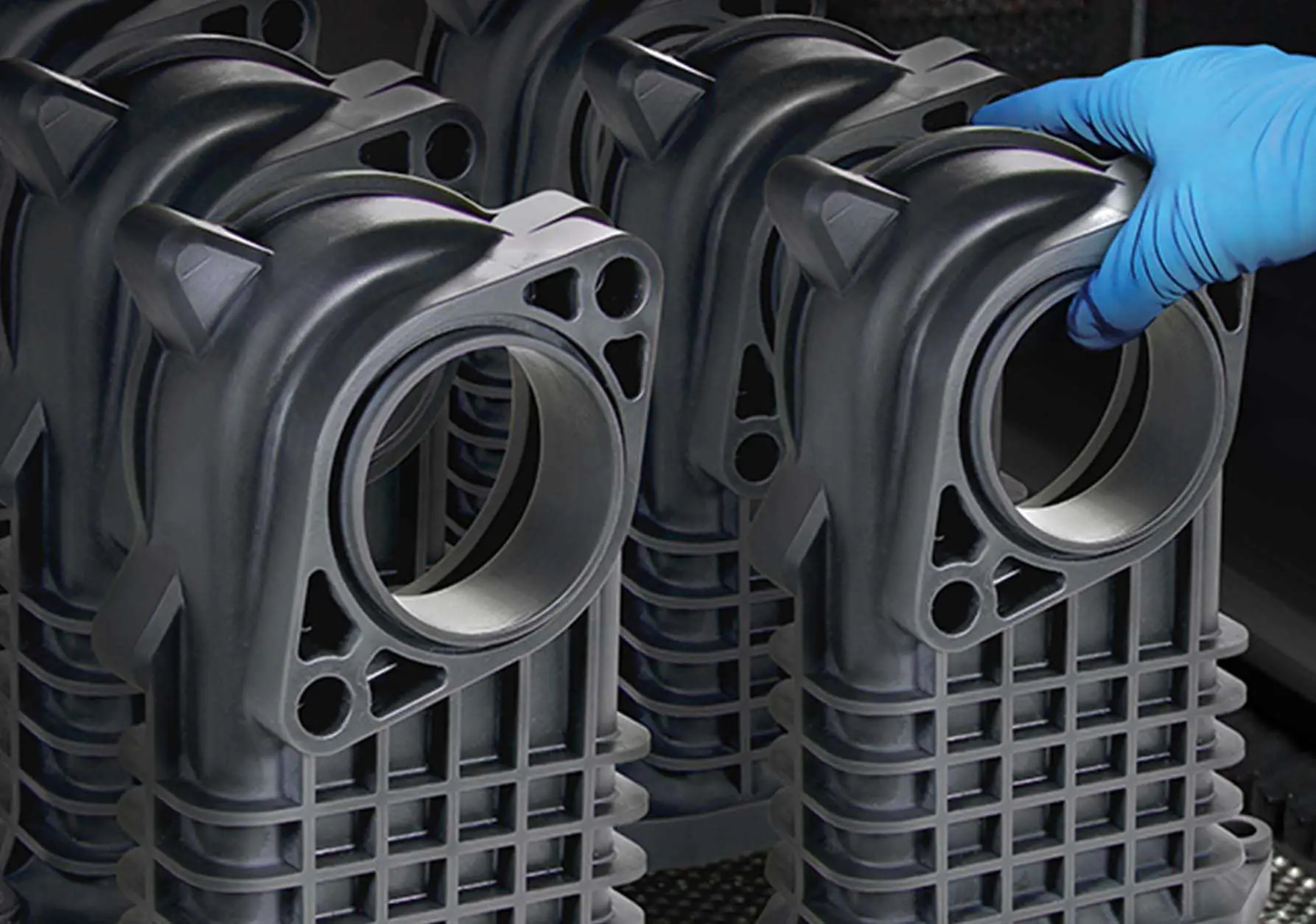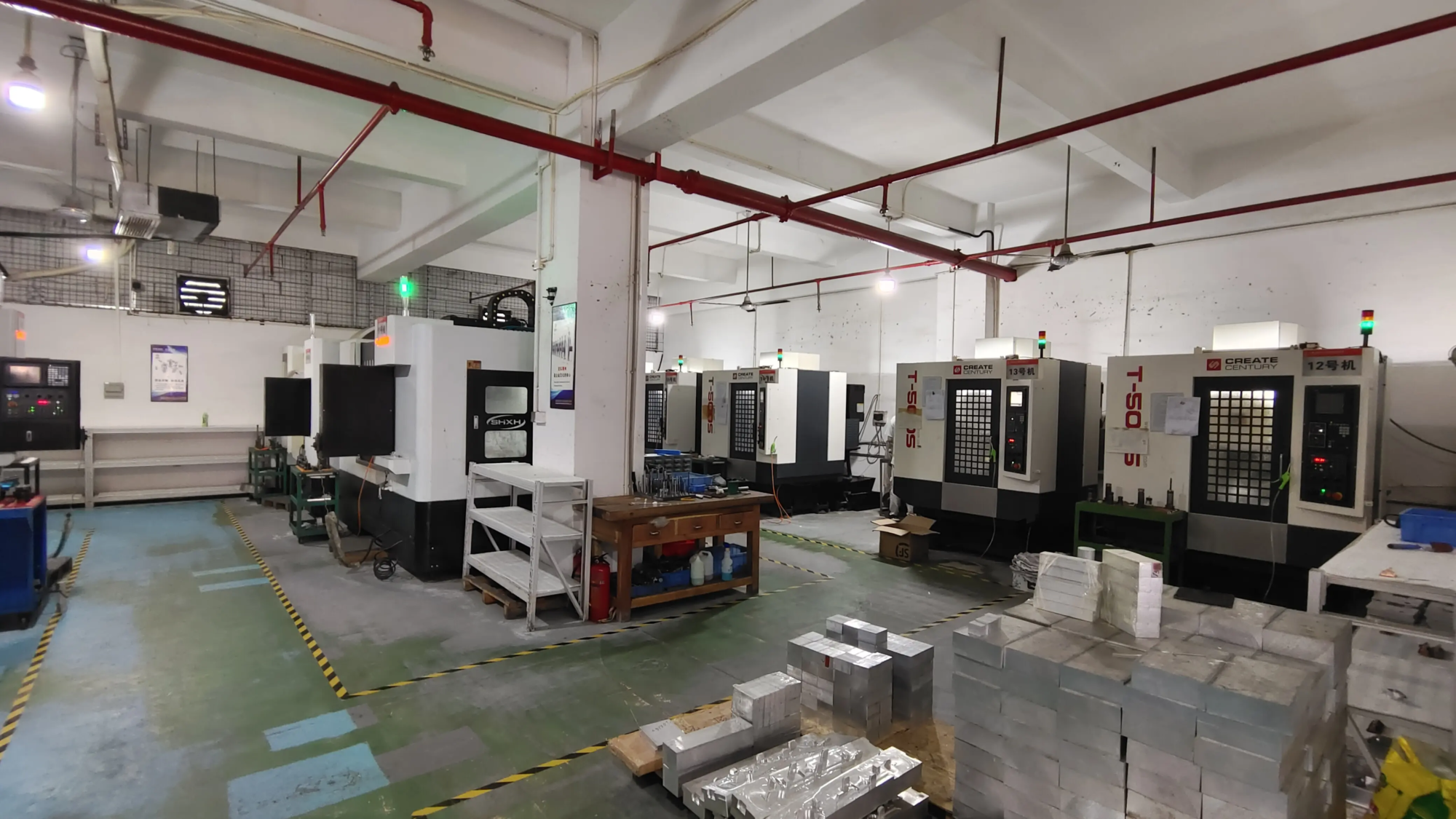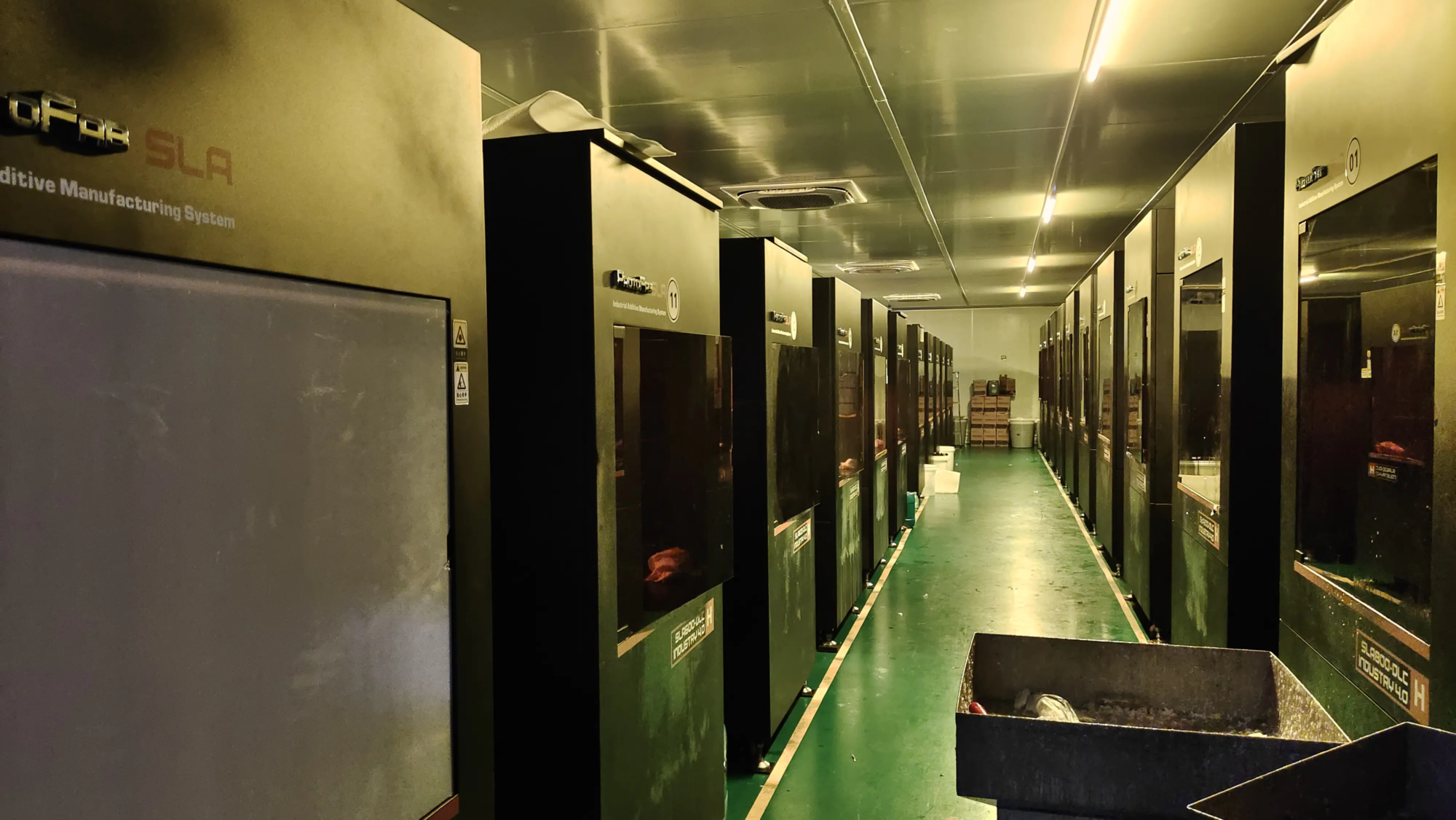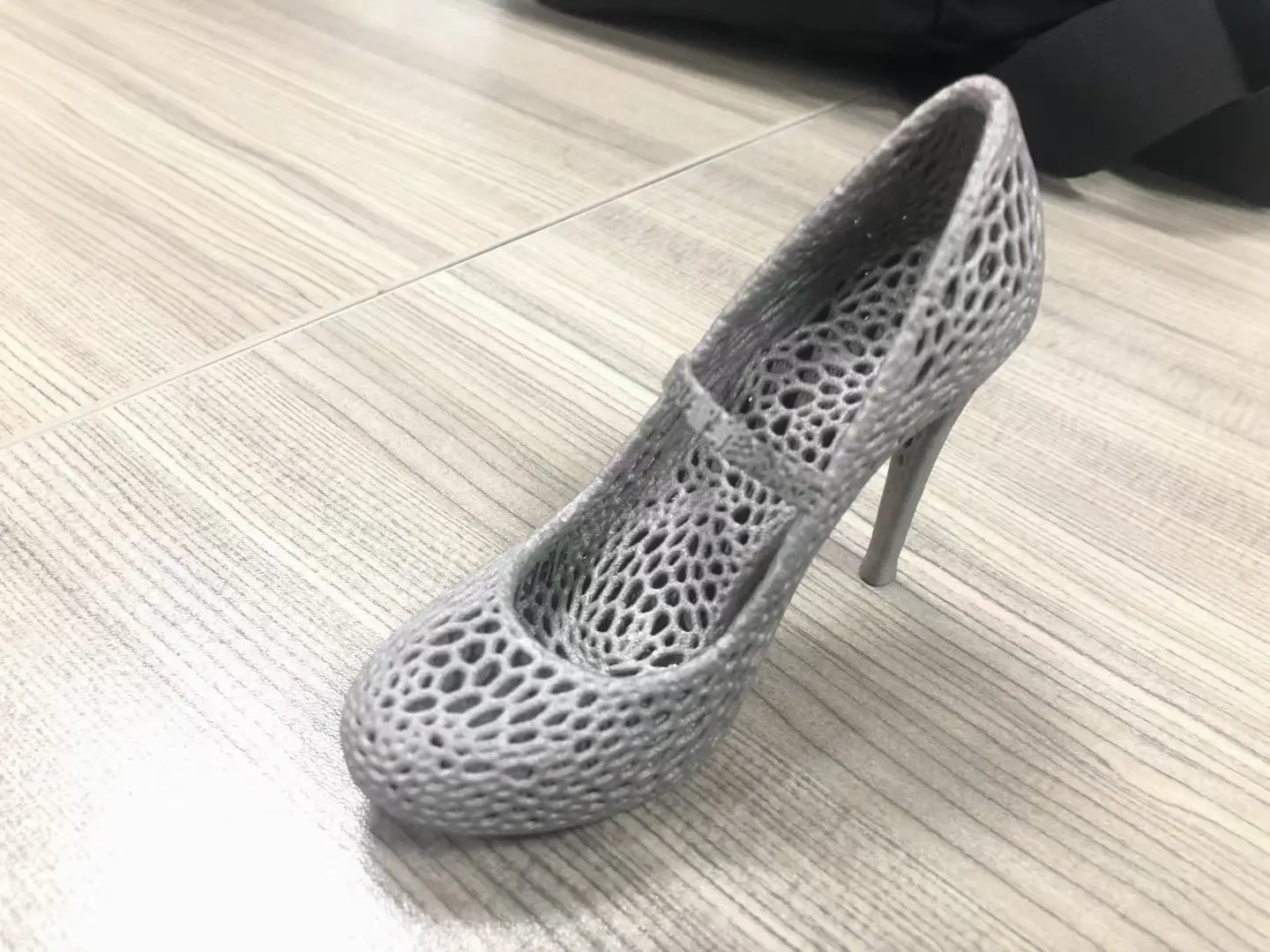3D printing becomes more and more popular, but certain terms may seem confusing, in particular “resolution”. Let’s talk about this subject today and you help you determine what is exactly in 3D printingResolution, why it is so important and how to choose the right parameter.
What is 3D printing resolution?
In other words, resolution in 3D printing is the details and the precision that the printer can achieve during the manufacture of items. It implies the minimum finesse of the printer in the horizontal plane (axis x, y) and the vertical direction (axis z). For example, just like the more the pixels of the screen are little, the clearer the image. The “pixel” in 3D printing is actually a “Voxel”, which is the smallest unit in the printing process.
The resolution determines how delicate the surface of the printed object is and if there are enough details. If you want to print a small model or delicate illustrations, high resolution will make it even better. But if you print a large object and the details are not high, resolution is not the most important thing.
Relationship between resolution and printing quality
The resolution directly affects the quality of the surface and the details of printed objects. High resolution printed items are more refined, with smoother and more detailed surfaces. At low resolution, more obvious “layer patterns” may appear and the surface is not smooth enough. Therefore, resolution is important for the appearance of the finished product, but the better there is.
In fact, the resolution and precision of the printing are different. The accuracy refers to the question of whether the printed size is consistent with the design drawing, while the resolution depends on the finesse of the details. The two are not exactly the same concept.
Factors that affect resolution
Different types of 3D printers determine resolution in different ways. Here are some influence factors:
- Nozzle size(FDM printer)
The smaller the nozzle of an FDM printer, the more the diluting lines which can be sprayed, the more details it prints. But the smaller the nozzle, the longer the print time. Relatively, the nozzle is larger, the print speed is faster and the accuracy is slightly lower. - Laser diameter(SLA printer)
For SLA printers, the resolution is mainly determined by the size of the laser. The laser point is much smaller than the FDM nozzle, so that the ALS can print finer details than the FDM. - LCD screen resolution(MSLA printer)
For MSLA printers, the resolution depends on the clarity of the LCD screen, and the smaller the pixels on the screen, the more details you print. - Miniature mirror size(DLP printer)
DLP technology illuminates resin via a projector. The finesse of the mirror determines the position of the hardening of the resin and affects printing resolution. - Floor height adjustment
The height of the layer is a key factor to determine the resolution. The smaller the height of the layer, the more fluid the printed surface and the details are smooth. Generally, the layer of the FDM printers is around 100 microns, while the layer height of the SLA printers can reach 30 to 50 microns, which makes objects printed by SLA richer.
How to choose the right resolution?
Choosing the right resolution is not the best. Although high resolution can lead to finer details, this also means that printing increases and efficiency becomes less effective. Therefore, when choosing a resolution, we must take into account specific printing needs.
For example, if your model is a simple geometry or a large object, it may not require such a resolution. Choosing a lower resolution is sufficient and the printing speed will be faster. And if you print small and complex objects, in particular models that require fine details and textures, you can get better results by choosing high resolution.
In addition, some cutting software will provide variable layer height parameters, which can adjust the height of the layer according to the different needs, balance printing and resolution and help you optimize the printing effect.
To summarize
Resolution in 3D printing is an important indicator of the quality and details of printing, which affects the softness of the surface, the presentation of the details and the overall effect of an object. But remember that the higher the resolution, the better. It is only by choosing the right resolution that you can improve the effectiveness of printing while guaranteeing the effect.
So when you are ready to print your next 3D work, do not forget to adjust the appropriate resolution settings according to your needs. Do not be afraid to try it, experiment with different parameters and find the “best resolution” that best suits your project!





